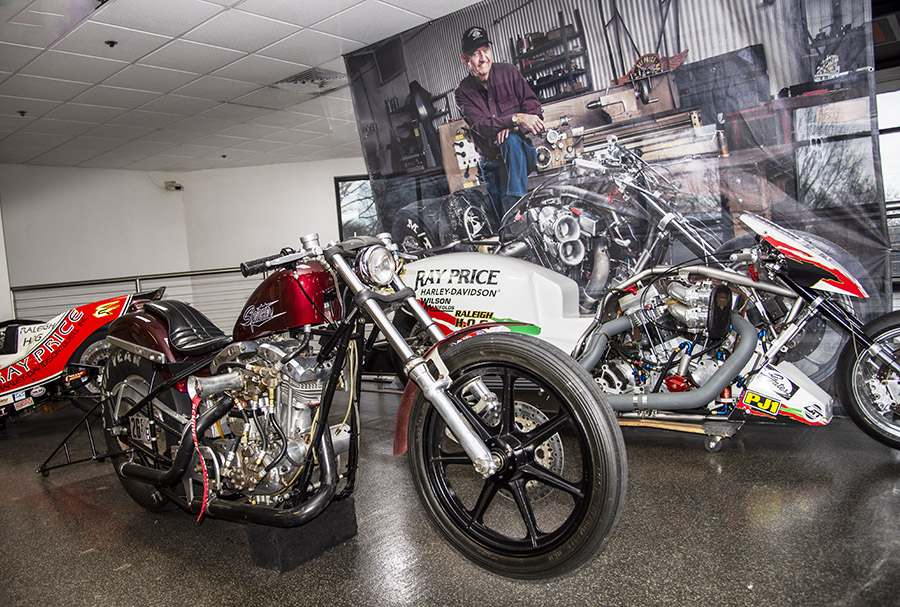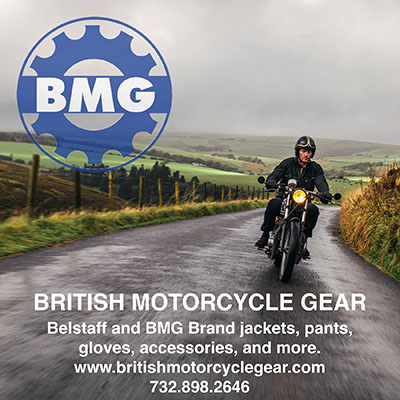By Joe Berk
What I knew about motorcycle drag racing up until a few weeks ago you could fit on the head of a pin and have room left over for the Gettysburg Address. After a visit to Tobacco Road Harley-Davidson in Raleigh, North Carolina, I can’t say that anymore. I’m still no expert, but I learned a little more about Ray Price and the motorcycle drag racing game.
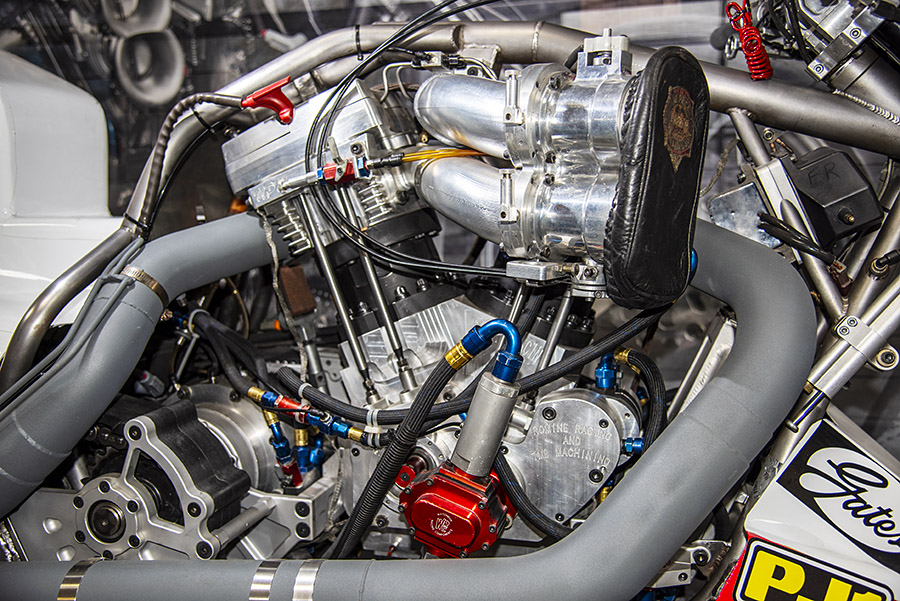
I was in Raleigh for a consulting gig, and while I was there Susie and I stopped by the Tobacco Road Harley dealership to visit their motorcycle drag racing museum. Tobacco Road HD is one of the world’s largest Harley dealers, and Ray Price (the guy who started it all) was a world-renown Harley drag racer.
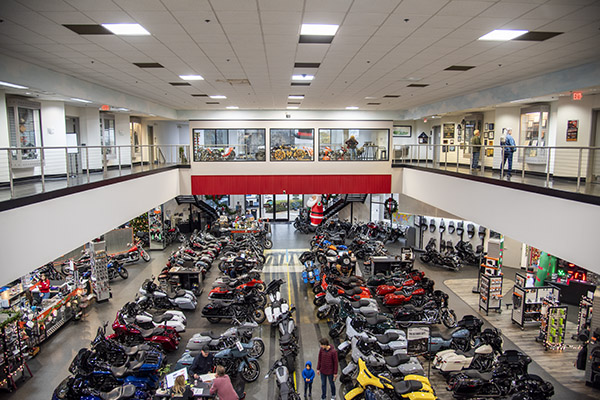
Tobacco Road Harley Davidson is home to the Legends of Harley Drag Racing Museum. For me, it was an eye opener, with six drag bikes and a mezzanine full of drag racing memorabilia. I met with Bruce Downs, one of the key guys who worked with Ray Price. Bruce is the Museum’s curator. He’s been with Tobacco Road Harley for more than 40 years.
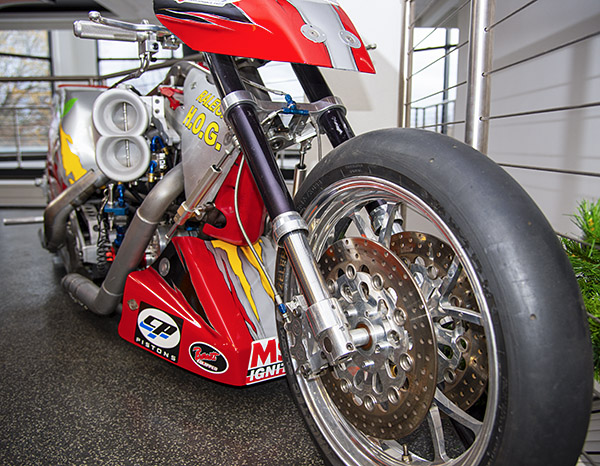
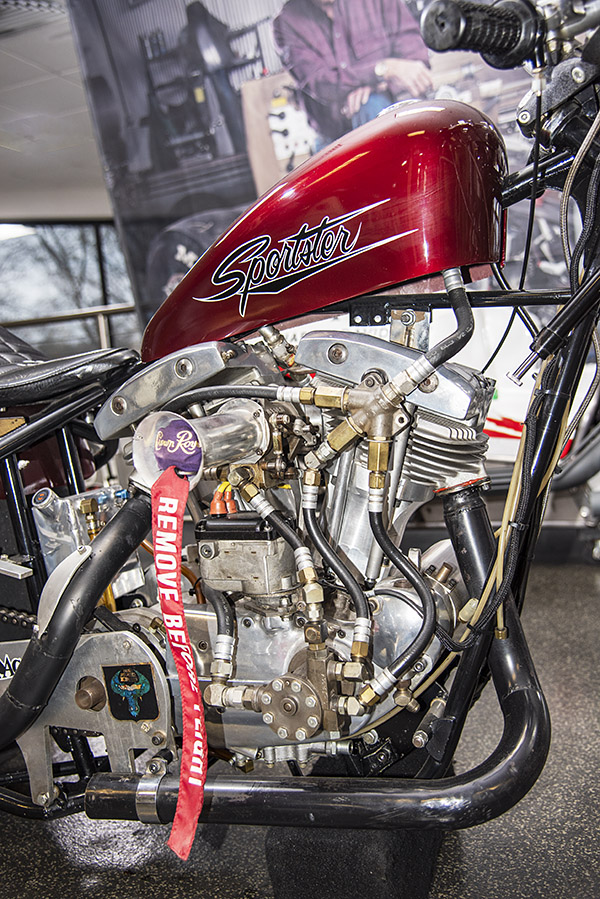
In the drag racing game, funny cars are essentially AA Fuel dragsters designed to look sort of like regular cars. The same is true for funny bikes; if you don’t look too closely, they sort of look like a regular motorcycle. There’s one funny bike in the Museum; it’s the one with the Sportster gas tank. It’s the oldest of the Ray Price bikes on display.
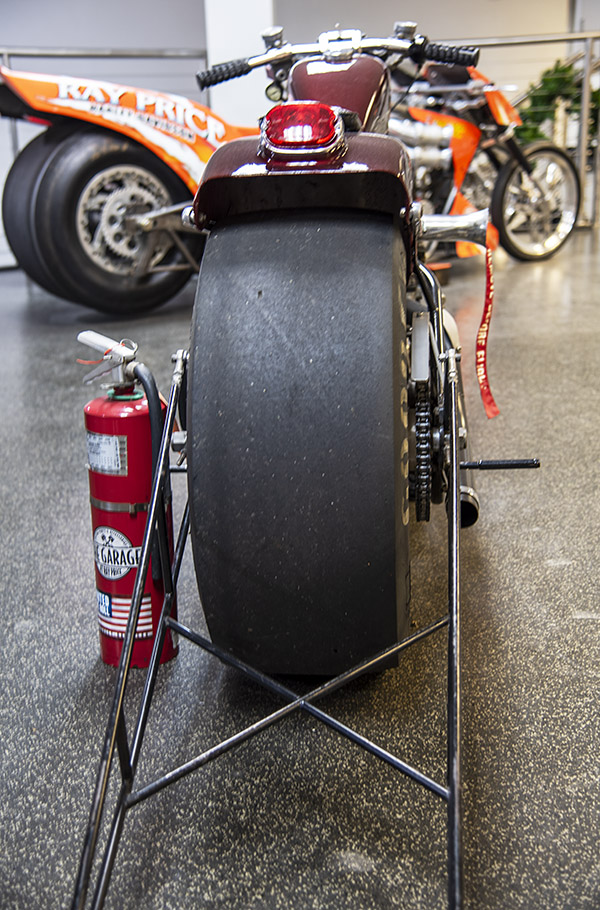
Top fuel and funny bikes are custom made, purpose-built machines from the ground up. Although the top fuel bikes’ engines look like they came from Harley-Davidson, they use few Harley parts. The engine and its components are mostly machined from billet (the funny bike has some Harley parts, but most of its parts are custom-machined, too). The engines use solid roller lifters (not hydraulic lifters like a street-going big twin Harley). There’s no oil circulating through the heads; the cylinder heads are lubricated with grease only. The engines use a special 50W Lucas oil that absorbs nitromethane, and the engine oil is changed after every pass. The engines have a 5-inch to 5 3/8-inch stroke. They use about two gallons of nitromethane on each run, and fuel is pumped to the engine by a cam-driven pump (bikes like these can’t rely on gravity feed to get the fuel to the carburetors). The engines are normally aspirated; there’s no supercharger. The engines produce something in the neighborhood of 1500 horsepower. (Note to self: Yikes!) The drag team sometimes rebuilds the engine after every pass; a decision is made after each run based on a compression test. The bikes are started with an external starter that has three car batteries wired in series.
Top fuel bikes don’t have a clutch lever (the left lever is the rear brake; the right lever is the front brake). The bikes have a custom-built two-speed transmission and what is essentially a centrifugal clutch. They launch at 4400 rpm and go through the traps at 5300 rpm. Wow. Think about that: There’s less than a thousand rpm increase in engine speed over the quarter mile. Shifting is accomplished pneumatically by pressing a button. Ray Price experimented with three-speed transmissions, but he decided the two-speed transmission was best. More gears weren’t necessary.
The M&H rear tires on the bikes are M&H car slicks; they are not designed as motorcycle-specific tires. The rear tire pressures can range from 4 psi up into the low teens. The guys who race drag bikes adjust tire pressure to get the hookup they want depending on track conditions and weather. The front tires are motorcycle-specific tires. Ray Price ran with tires made by Goodyear and M&H.
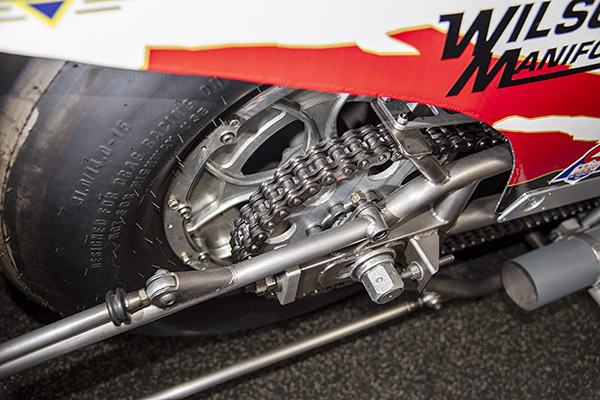
Running the quarter mile on one of these machines must have been a very sporting proposition. I thought about that and I wondered what it would be like. I tried to see myself on it as the bike launched, accelerated, and then hit the traps. I imagined the steps I’d have to execute as I went through the traps. I asked Bruce what came first: Shutting off the fuel? Deploying the parachute? Hitting the brakes? Bruce told me that at the end of a run the drill is to roll off the throttle, deploy the parachute, apply the brakes, and shut the fuel off (all accomplished at something north of 200mph after six-seconds experiencing what an artillery round feels like during a cannon launch).
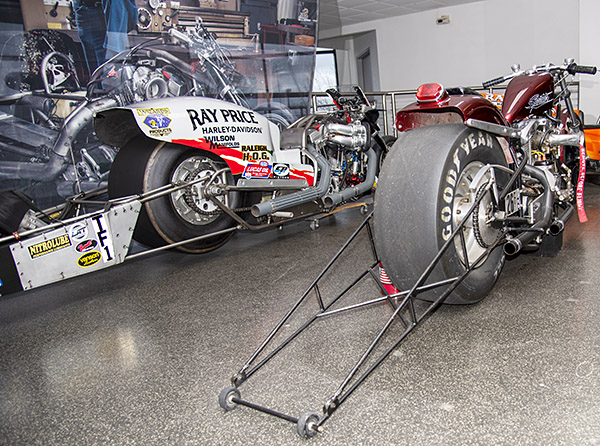
Ray Price’s best elapsed times were set on the white bike in the center of the Museum’s display area. It ran in the low 6.20s (once as low as 6.16), with speeds of 225 mph and sometimes 230 mph.
The Tobacco Road Museum’s funny bike, the one with the Sportster tank, is displayed with the front end off the ground. I asked about that and Bruce told me that when it ran the quarter, the front end was in the air for the length of the quarter mile run (it ran a power wheelie the entire distance). People would wait at the end of the track just to see it.
The funny bike and its quarter-mile-long wheelie had me thinking about steering. I asked Bruce about how Mr. Price did it. Ray steered the bikes with his body and by pushing on the footpegs (note that a top fuel bike weighs between 850 and 1000 pounds). I could see Bruce fondly remembering Ray explaining it all. “Ray said he had to be focused 1000 feet downrange, and that he was already correcting for direction the instant he launched,” Bruce said. It was a cool moment in what was already a very cool interview, seeing Bruce remembering Ray like that. My guess is there was a lot of respect and love there. (If my words convey to you that I enjoyed the Tobacco Road visit, I’ve done my job.)
Bruce went on to explain that Ray ran the bikes himself until he a bad crash at the end of a Las Vegas run. Ray landed hard on this shoulder, Bruce said, and he suffered a lot of nerve damage. After the Las Vegas accident, Ray couldn’t run the bikes himself. He hired riders. Bruce told me the crash wasn’t because Ray lost control; he was simply going too fast and the engine overpowered the brakes. Ray and the bike went through the first safety net together. The second safety net stopped the bike, but not Ray.
The Harley drag racing fraternity is small. There are about 20 Harley drag racers nationally and they all know each other. I asked Bruce if Harley had an official drag team, and he told me they do not. Several years, ago, you could buy a far less ferocious drag bike from any Harley dealer, complete with wheelie bar. That was a model based on the V-Rod engine called the Destroyer. It’s no longer available.
20+ years back, motorcycle top fuel quarter-mile times and speeds had already made it into the stratosphere. Elapsed times were just over 6 seconds with trap speeds exceeding 220 miles per hour. Today, motorcycle top fuel runs are typically done on a 1000-foot track instead of the earlier 1320-foot quarter mile (the times and trap speeds were just getting too wild). Times for the shorter distance runs are in the low 5-second range, and speeds are approximately 300 mph. The numbers are astounding.
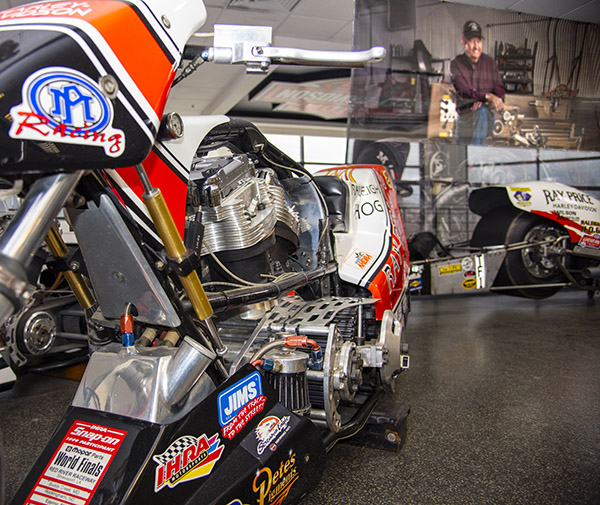
Tobacco Road Harley, the Legends of Harley Drag Racing Museum, and my visit with Bruce made for a quite a story and quite a visit. Ray Price was one hell of a man. I found a video about him on YouTube. I’ll think you’ll enjoy it.
If you ever find yourself in the Raleigh area (and you should, as Raleigh is a great town), Tobacco Road Harley is a “must-see” destination. And if you’re looking for a great dinner, Raleigh’s The Pit restaurant is the best barbeque I’ve ever had. Both times I’ve been there I had the brisket meat loaf and it was beyond superb (I’m told everything on the menu is great). In fact, I’d say a trip to Raleigh could be justified just to visit Tobacco Road Harley, see their Legends of Harley Drag Racing Museum, and have dinner at The Pit. Trust me on this; you can thank me later.
Join our Facebook ExNotes page!
Never miss an ExNotes blog:

